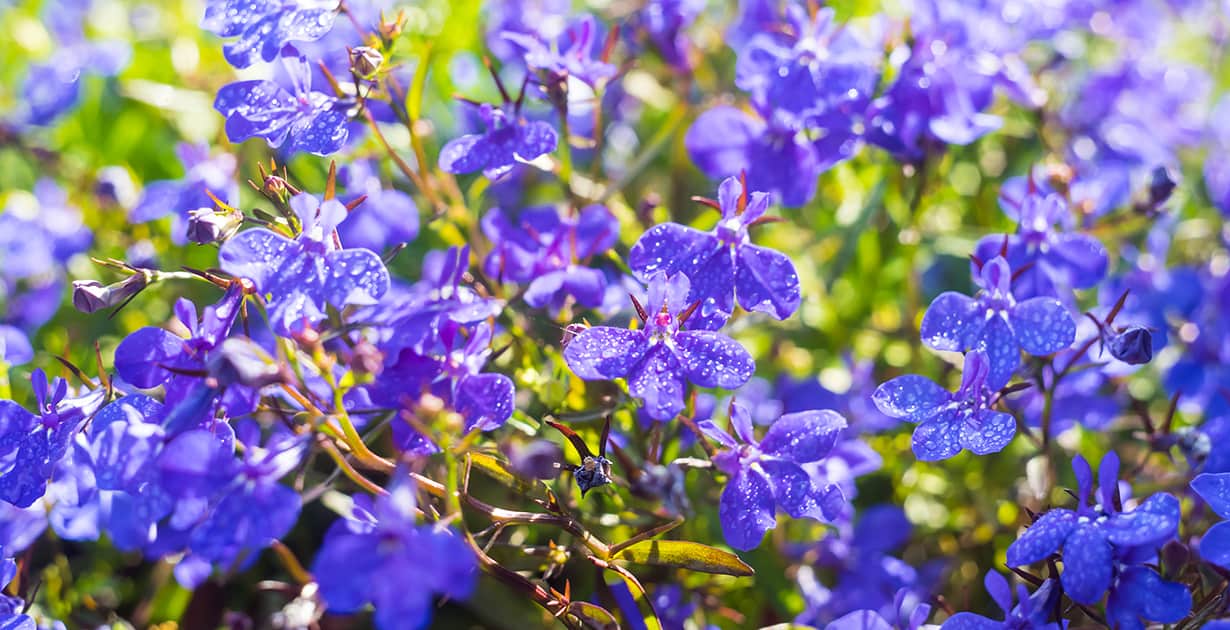December 2019
By Christine Ruggeri
The beautiful flowering plant lobelia has been used in homeopathic medicine for centuries. There are many species in existence, but the most commonly used herb is Lobelia inflata, which was valued by Native Americans for its many therapeutic properties.
There aren’t many human studies conducted on the herb’s efficacy, but many years of anecdotal reports suggest that it’s useful for several conditions when taken in small amounts.
The major issue concerning lobelia is its potential side effects. In fact, it was called “puke weed” because Native Americans used it to induce detoxification through vomiting. So what dose is safe and effective, and does the herb actually work?
What Is Lobelia?
Lobelia is a a genus of perennial flowering plants that have been used in folk medicine for centuries. Although there are over 300 species of lobelia, the most commonly used herb is Lobelia inflata, which is native to the Northeastern United States.
Lobelia inflata has pale colored flowers, compared to its cousin species, and it belongs to the Lobeliaceae plant family.
Native Americans understood the potential medicinal value of this powerful herb and tribes used the herb for a wide variety of purposes. This is why the herb is sometimes called “Indian tabacco.”
The most important compound in the plant is lobeline, which has been studied for its ability to improve neurodegenerative disorders, such as Alzheimer’s disease and Parkinson’s disease, as well as ADHD and neuropsychiatric disease.
In addition to the lobeline present in lobelia, the herb also contains:
- lobelanine
- alkaloids
- vitamin C
- calcium
- magnesium
- potassium
This medicinal herb is used for its ability to support respiratory health, reduce inflammation and possibly help people to quit smoking.











